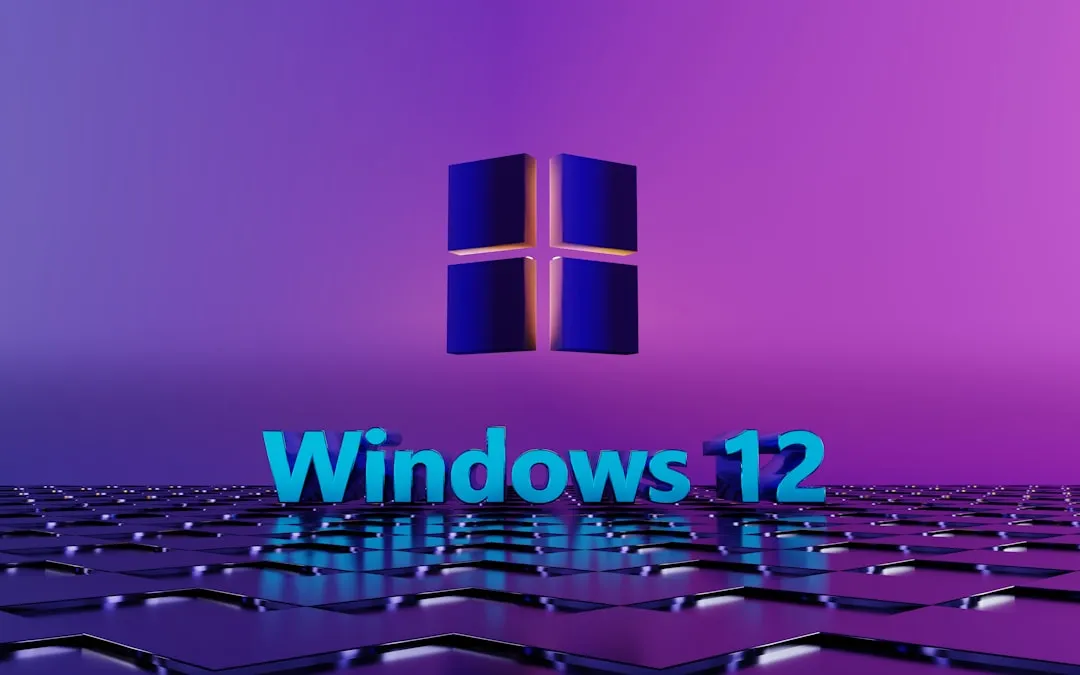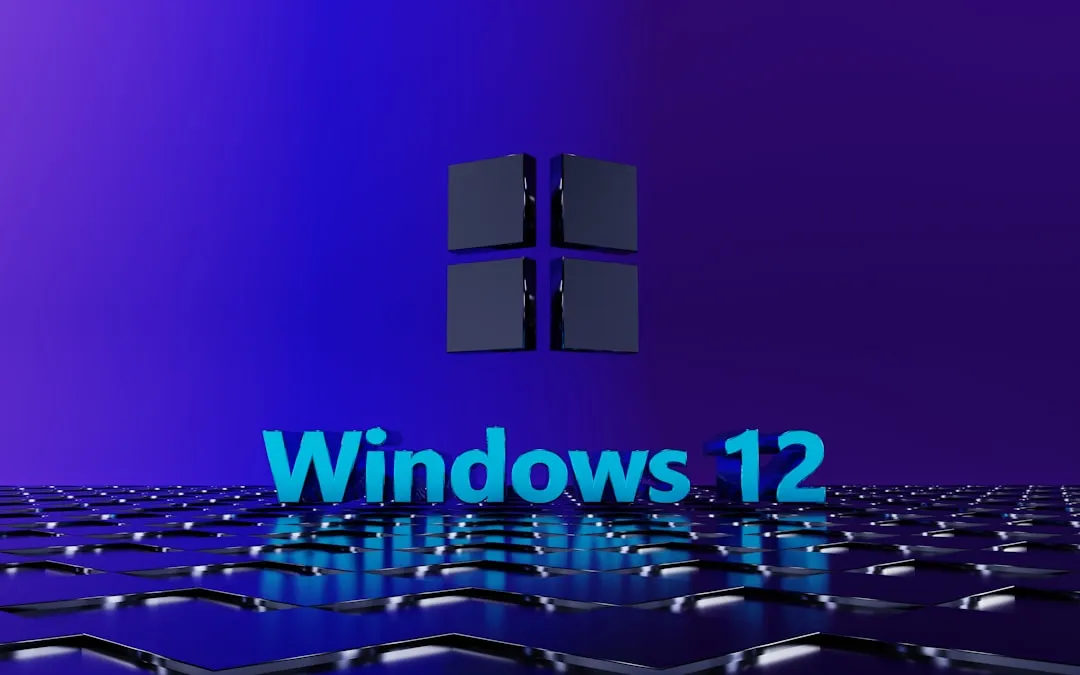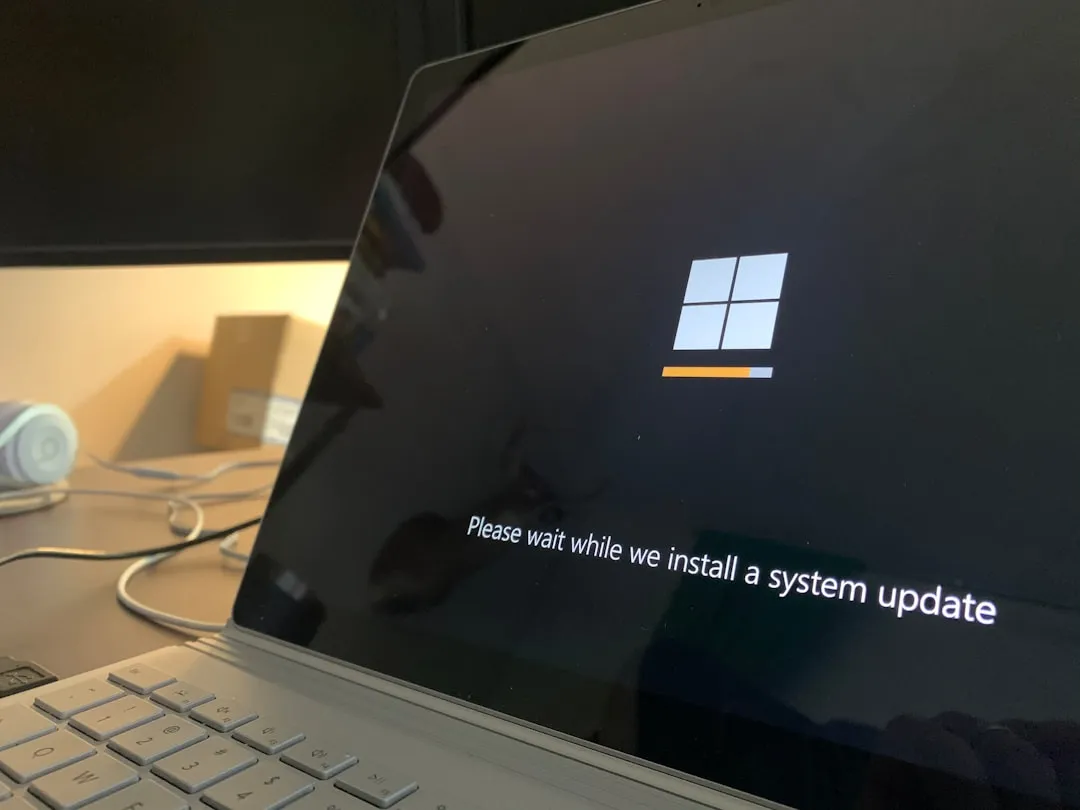When Microsoft pushed out its October 28 preview update for Windows 11, users expected the usual mix of improvements, a redesigned Start menu, new battery icons, and various under the hood fixes. What they didn't expect was for Task Manager, the very tool designed to help manage system processes, to start multiplying like digital rabbits every time they tried to close it.
The optional KB5067036 update introduced a peculiar regression where clicking Task Manager's close button fails to actually terminate the application, according to Windows Forum reports. Instead, the process remains running invisibly in the background, and each subsequent launch creates additional orphaned instances that quietly consume system resources. Microsoft launched this preview targeting Windows 11 versions 24H2 and 25H2 with OS builds 26200.7019 and 26100.7019, as documented by The Verge. Community testing rapidly identified this lifecycle regression, with testers reproducing the behavior across multiple machines and configurations.
What's actually happening under the hood?
The bug is easy to trigger and rough on performance if you let it run wild. Open Task Manager with Ctrl+Shift+Esc, click the window's X button, and you should terminate both the visible interface and the underlying process. That is not what's happening. The window vanishes while taskmgr.exe keeps running in the background, according to PC Gamer's testing.
Open Task Manager again and you get a fresh instance while the previous ones pile up. Independent testing shows individual Task Manager processes typically use around 20 to 30 MB of working memory, based on Windows Latest's analysis. One tester opened and closed Task Manager roughly 100 times and watched about 2 GB of RAM evaporate into orphaned instances, according to detailed Windows Forum documentation. On a thin-and-light laptop or inside a VM, that adds up fast.
Not everyone sees the duplication. Some machines trigger it every time, others shrug it off, which hints at environmental factors like drivers, third party hooks, or hardware specific quirks interfering with shutdown.
The connection to Microsoft's Task Manager "improvements"
Here's where the technical picture clicks. The KB5067036 changelog calls out improvements to how Task Manager groups applications with their underlying processes, a fix meant to clean up performance views. That grouping tweak appears to have knocked the app's shutdown sequence sideways, as noted by TechRadar's coverage.
The likely culprit involves retained references in Task Manager's lifecycle management: active worker threads, pinned COM objects, or unresolved performance counter handles that keep the process alive. Click the close button and the UI layer exits, yet the guts keep humming, which leaves taskmgr.exe resident. Repeat that a few dozen times and you have a small herd of zombies, based on technical analysis from Windows Forum.
In short, Microsoft touched the process grouping logic and probably introduced a subtle reference counting slip or missed an unregister callback during shutdown. The update improved process to UI mapping, but some cleanup paths no longer fire when the window closes, so internal components stay active and the process refuses to die.
How to identify and fix the problem
If you've installed KB5067036 and suspect you're affected, the check is quick. Press Ctrl+Shift+Esc to launch Task Manager, close it using the X button, then reopen it and look at the Processes tab. Multiple "Task Manager" entries mean the bug is live on your system, according to verification steps from Windows Forum.
PRO TIP: Try using Alt+F4 to close Task Manager instead of the X button, some users report this avoids the duplication, though results vary across different system configurations.
For immediate cleanup, you have several escalating options:
Direct termination: Use Task Manager's own "End task" function on the duplicate entries, though this feels somewhat ironic.
Command-line cleanup: Open Command Prompt as Administrator and run
taskkill /im taskmgr.exe /fto terminate all Task Manager instances simultaneously, as recommended by PC World.PowerShell alternative: Power users can leverage PowerShell with
Get-Process -Name taskmgr | Stop-Process -Forcefor the same result.Complete rollback: For users who find the bug significantly disruptive, uninstalling KB5067036 through Settings → Windows Update → Update history → Uninstall updates remains the most definitive solution. Since this is an optional preview update, removing it shouldn't impact critical system functionality or security posture.
What this tells us about preview update testing
This regression exposes a gap in modern testing for preview releases. A core utility was affected by what looked like an isolated change to process grouping logic, yet the shutdown path, something nearly every Windows user exercises, was not fully covered in automated regression tests, based on technical analysis from Windows Forum.
The inconsistent reproduction across systems makes diagnosis and testing messy. The bug does not manifest universally even on identical OS builds, which suggests lifecycle testing needs to account for many environments: different driver stacks, third party software hooks, and hardware configurations that can influence shutdown behavior.
Microsoft hasn't officially acknowledged the issue at the time of writing, according to The Verge, though the company has historically been responsive to preview feedback and typically addresses such regressions in subsequent updates.
Bottom line: lifecycle testing must go beyond feature specific unit tests. When you touch a core utility like Task Manager, QA needs automated tests that stress open and close cycles and verify that the process actually terminates. Simple, high frequency actions deserve robust coverage because when they break, everyone feels it. The silver lining? Preview channels caught this regression before it reached mainstream users, which is exactly the safety net these optional updates are designed to provide.
























Comments
Be the first, drop a comment!